Unpacking and organizing your kitchen after a move can be a daunting task, but with a strategic approach, you can transform it into a seamless and even enjoyable process. A well-organized kitchen is essential for maintaining efficiency and reducing stress in your daily routine. This guide will walk you through each step of setting up your kitchen, ensuring every item finds its perfect place.
Table of Contents
- Prepare Your Kitchen
- Plan Your Layout
- Gather and Sort Your Boxes
- Start Unpacking
- Arrange Based on Frequency of Use
- Organize Rarely-Used Items
- Organize Your Pantry
- Declutter Your Kitchen Cabinets
- Categorize and Assign Items
- Strategic Placement in Cabinets
- Maintain Your Organization
- FAQs
- Conclusion
- BONUS: Full Kitchen Organization Checklist
Prepare Your Kitchen
Clean Thoroughly
Before you start unpacking, give your kitchen a thorough clean:
- Shelves and Drawers: Wipe down all surfaces. Consider using contact paper to provide an easy-to-clean layer.
- Countertops: Ensure they are spotless and ready for use.
- Sink Area: Clean thoroughly, including the faucet and handles, to prevent any lingering grime or germs.
Plan Your Layout
Spend some time in the kitchen and visualize your routine:
Group Your Items By Categories: We reccomend using these categories
- Cookware
- Bakeware
- Utensils
- Tableware
- Servingware
- Cleaning Supplies
- Cutlery
- Pantry Items
- Food Storage
- Gadgets and Small Appliances
- Specialty Items
- Miscellaneous
Here is the link to our Full Kitchen Organization Checklist
Workflow: Think about how you move while cooking. Place items within easy reach of where they will be used to streamline your process.
Gather and Sort Your Boxes
Inventory and Sort
Unpack boxes with a clear plan:
- Label Check: Start with boxes labeled for the kitchen.
- Unwrap and Sort: Group similar items together (e.g., all pots, all dishes) and take stock of what you have to avoid clutter.
✅ Check Out Our List of Essential Kitchen Organization Gadgets
Start Unpacking
Prioritize Essential Items
Focus on daily-use items first:
- Sink and Stove Area: Unpack items used most frequently, such as cutlery, plates, and glasses.
- Nearby Drawers: Place cutlery in the drawer closest to the sink, dishtowels in the next drawer, and frequently used utensils nearby for ease of access.
Arrange Based on Frequency of Use
Eye-Level and Lower Shelves
Place frequently used items at eye level or below:
- Glasses and Mugs: Store these at eye level for easy access.
- Plates and Bowls: Place on shelves you can reach without strain.
Stove and Sink Areas
Keep cooking essentials close to where they are used:
- Pots and Pans: Store near the stove. Use the drawer below the stove for large, less-used items like baking sheets.
- Utensils and Spices: Keep these within arm’s reach of the cooking area to facilitate smooth cooking operations.
Organize Rarely-Used Items
High and Out-of-the-Way Areas
Store special items in less accessible places:
- Special Occasion Dishes: Place in high cabinets or a china cabinet.
- Fragile Items: Keep these out of everyday traffic areas to prevent damage and ensure safety.
Organize Your Pantry
Separate Food from Cookware
Designate specific spaces for different types of items:
- Canned Goods and Dry Food: Use a pantry or designated cabinets for easy access.
- Spices: Store close to the stove in labeled jars for easy identification and to streamline your cooking process.
Declutter Your Kitchen Cabinets
Sort and Purge
Clear out items you no longer need:
- Trash Bin and Donation Box: Have these ready as you sort through items.
- Keep, Trash, Donate/Sell: Sort items into these categories and remove trash and donation items immediately to avoid clutter.
Categorize and Assign Items
Functional Grouping
Group items by use to maintain organization:
- Food Items: Drinks, snacks, baking ingredients, etc.
- Cookware and Dinnerware: Pots, pans, utensils, plates, etc.
Assign each category a specific cabinet:
- Frequently Used Items: Place within easy reach to ensure they are always accessible.
- Special Occasion Items: Store in harder-to-reach places to save space.
Strategic Placement in Cabinets
Upper Cabinets
Store lighter items that are used frequently:
- Food: Place above the prep area for easy access.
- Glasses and Dishes: Store above the dishwasher or drying rack for convenience.
- Cookbooks: Keep in the least accessible cabinet since they are not used daily.
- Food Storage Containers: Place near the prep area to facilitate meal preparation and storage.
Lower Cabinets
Store heavier items and appliances:
- Appliances: Keep below the main work area for easy access.
- Pots, Pans, and Baking Sheets: Store near the stove and oven for efficient cooking.
- Mixing Bowls and Cutting Boards: Place close to the dishwasher or drying rack to simplify the cleaning process.
- Cleaning Supplies: Store under the sink, with child-proof locks if necessary, to maintain safety and accessibility.
Maintain Your Organization
Regular Maintenance
Keep your kitchen organized with these tips:
- Consistent Placement: Ensure everyone in the household knows where items belong.
- Labels: Consider labeling containers and shelves to make it easier to find and return items.
- Regular Decluttering: Go through cabinets at least once or twice a year to remove expired food and unused items, maintaining a clutter-free space.
FAQs
How do I decide where to place items in my kitchen?
Consider your cooking and cleaning workflow. Place frequently used items within easy reach and store rarely used items in less accessible areas.
What should I unpack first in the kitchen?
Start with essential items like cutlery, plates, glasses, and frequently used utensils. Focus on the sink and stove areas to set up your main working zones first.
How can I keep my kitchen organized in the long term?
Regularly declutter your kitchen, consistently place items in their designated spots, and use labels to maintain organization.
Where should I store heavy appliances?
Store heavy appliances in lower cabinets below your main work area for easy access and to prevent strain.
What is the best way to organize a pantry?
Separate food from cookware and designate specific spaces for different types of items. Store canned goods and dry food in a pantry or designated cabinets and keep spices close to the stove.
How do I declutter my kitchen effectively?
Sort items into keep, trash, and donate/sell categories. Remove trash and donation items immediately and maintain a habit of regular decluttering.
Organizing your kitchen after moving can be a manageable task with the right approach. By cleaning thoroughly, planning your layout, and systematically unpacking and categorizing items, you can create a functional and efficient kitchen space. Regular maintenance and decluttering will ensure that your kitchen remains organized, making cooking and daily tasks more enjoyable.
More Essential Guide to Moving In
Your Essential Guide to Moving In: Making Your Home Utilities Smart
Integrate smart technology into your new home with this comprehensive guide to essential smart home devices. Enhance efficiency, safety, and convenience with smart solutions.
Your Essential Guide To Moving In: Your New Homes Utility Mains Guide
This guide will help you understand and manage your home's utility mains, ensuring safety and preparedness in case of an emergency.
Keep Your Documents Safe – Top Document Safes of 2024
Secure your important documents with the best safes for new homeowners. Learn about fireproof, waterproof, and biometric options to keep your documents protected from damage and theft.
Essential Kitchen Organization Gadgets
Starting fresh with an organized kitchen can make your daily routines smoother and more enjoyable. Here are some must-have products to help you efficiently organize your kitchen and make the most of your new space.
Your Essential Guide To Moving In: How to Efficiently Unpack and Organize Your Kitchen
Discover how to efficiently unpack and organize your kitchen after moving with these step-by-step tips to ensure a functional and clutter-free space.
Your Essential Guide to Moving In: Your Kitchen Organization Checklist
The perfect checklist to organize your kitchen
Your Essential Guide to Moving In: 21 Essential Tools for New Homeowners
Discover the 21 essential tools every new homeowner needs for moving and home maintenance. Ensure your toolbox is equipped to handle all DIY projects and repairs with confidence.
Top 7 Front Door Locks of 2024
The Best Front Door and Smart Locks of 2024 Securing your home with the best front door and smart locks is crucial for peace of mind and protection against unauthorized access. A reliable lock not only keeps intruders out but also provides a sense of security and control over who can enter your home.
Your Essential Guide to Moving In: How to Change Door Locks and Update Garage Codes
Moving into a new home? Enhance your security by changing door locks and updating garage door opener codes. This step-by-step guide will help you safeguard your space.
Your Essential Guide to Moving In: Forwarding Your Mail with USPS
Learn how to forward your mail with USPS when moving to a new home. This essential guide helps new homeowners ensure a smooth transition by planning ahead for mail forwarding.

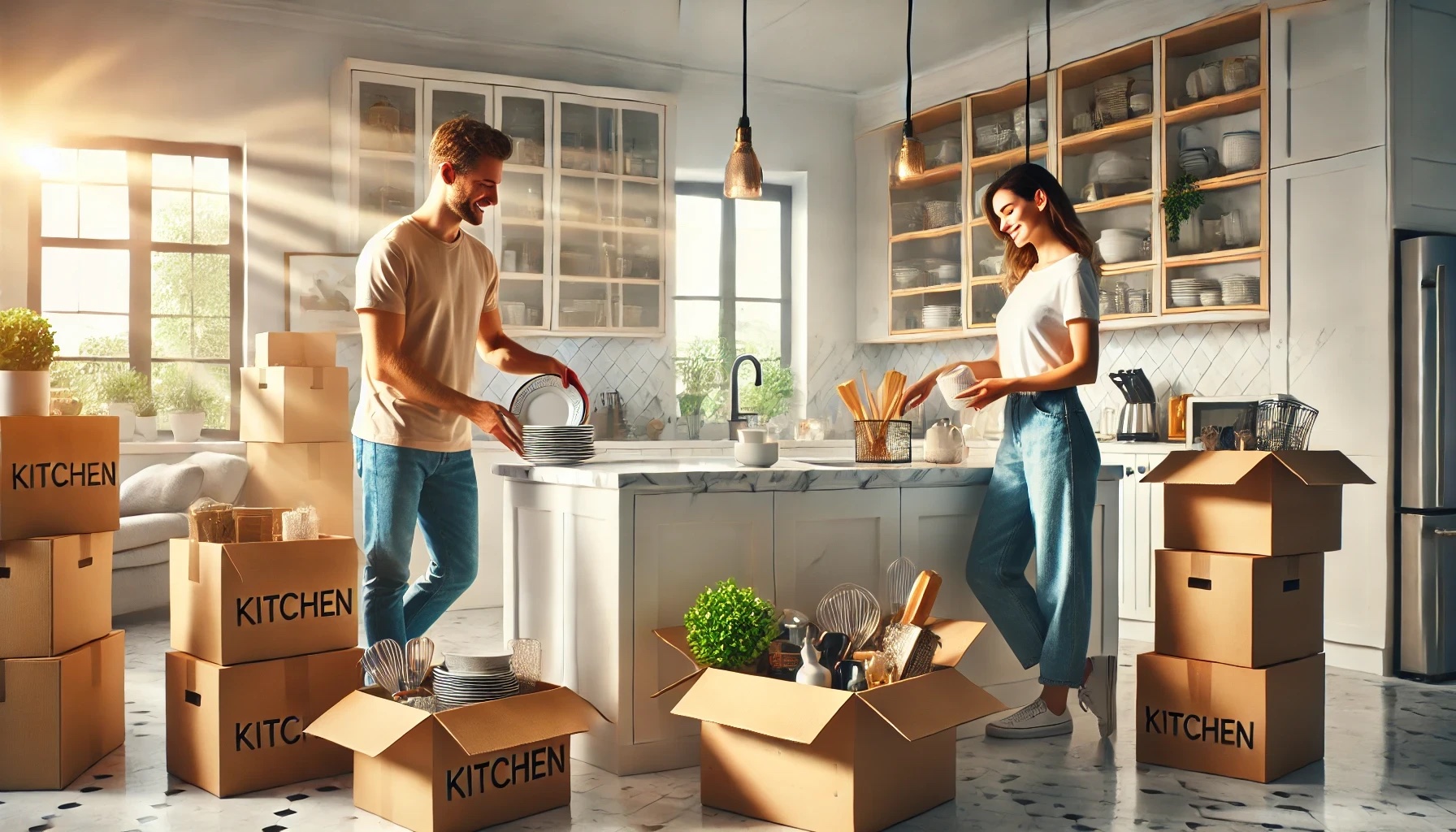
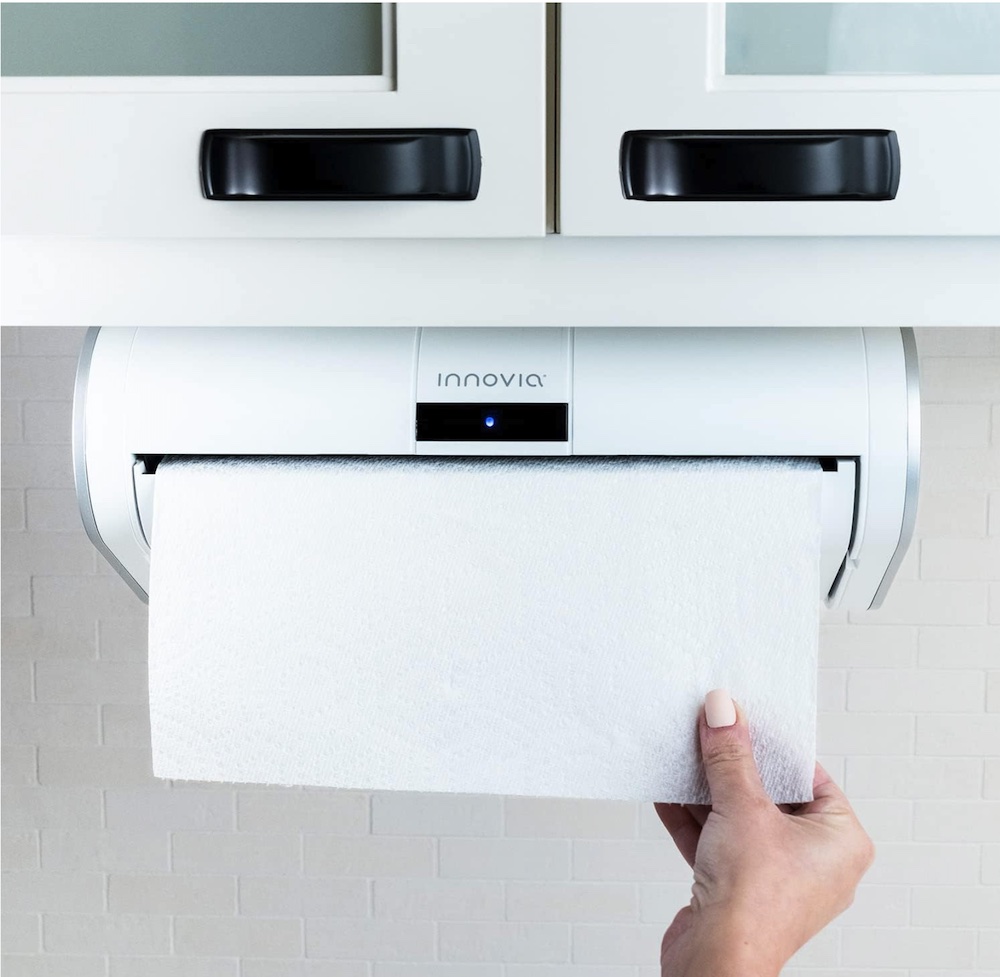

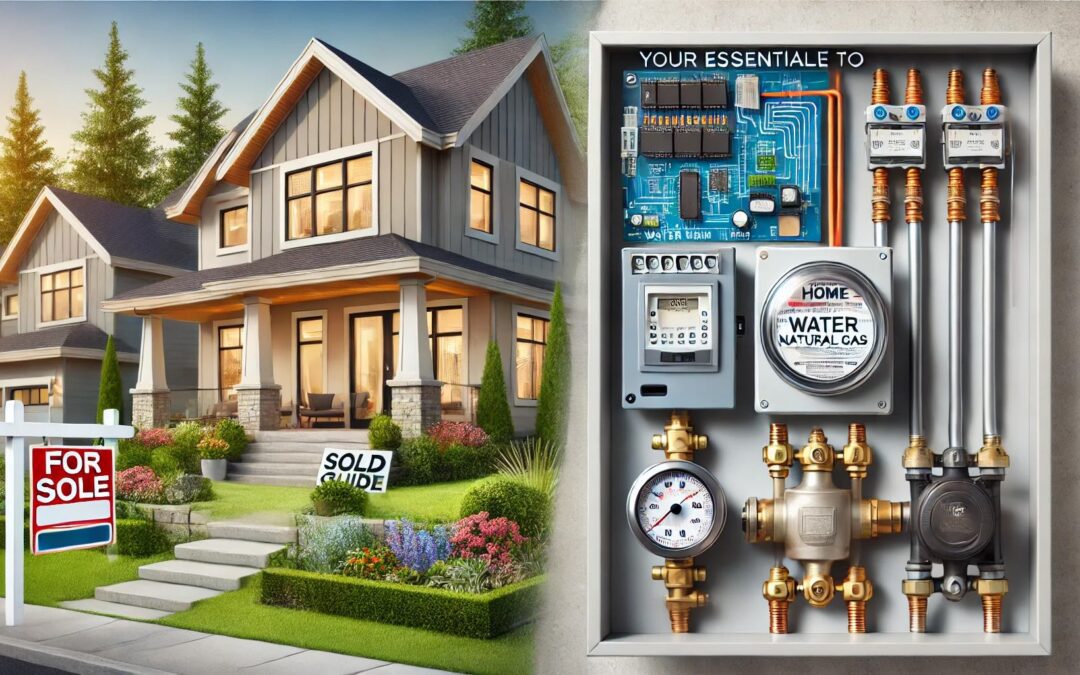
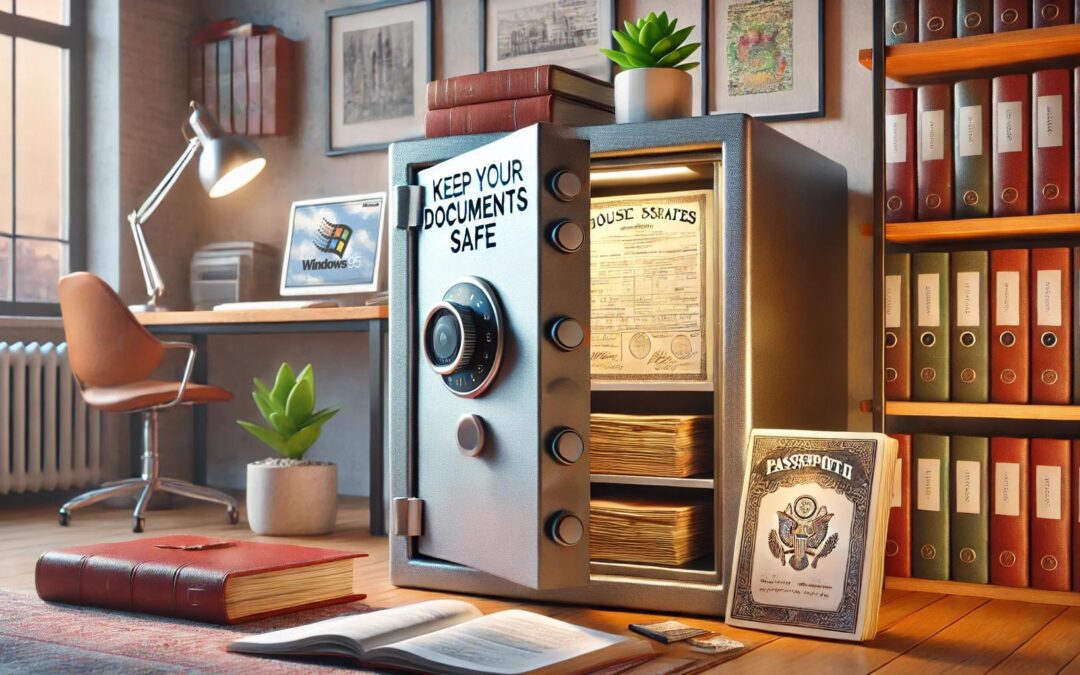
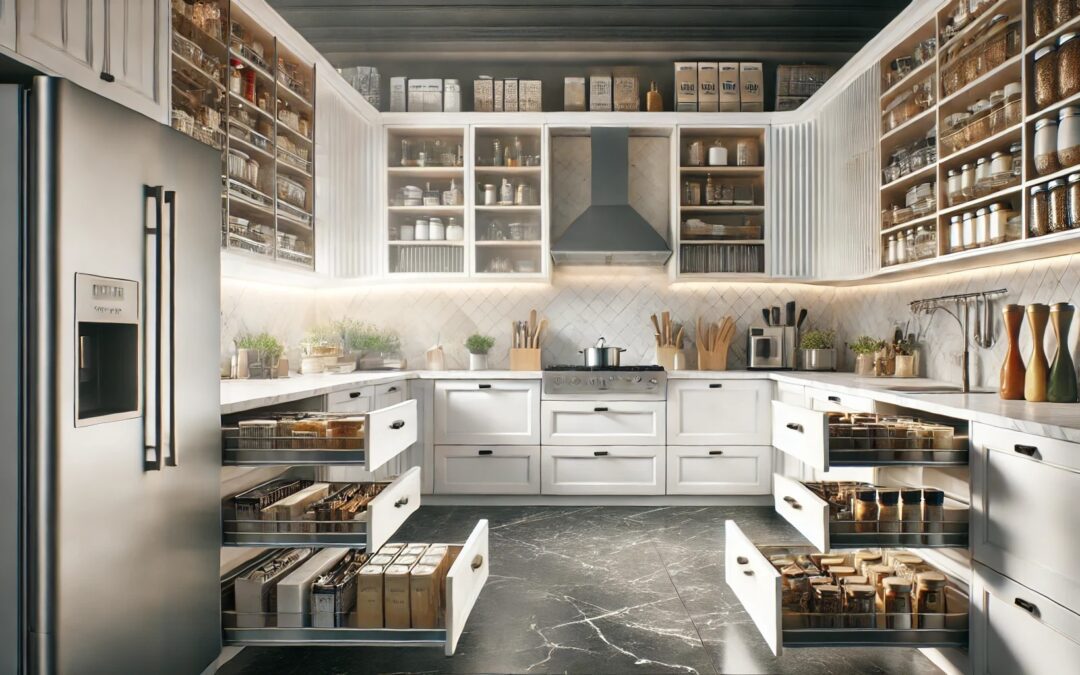
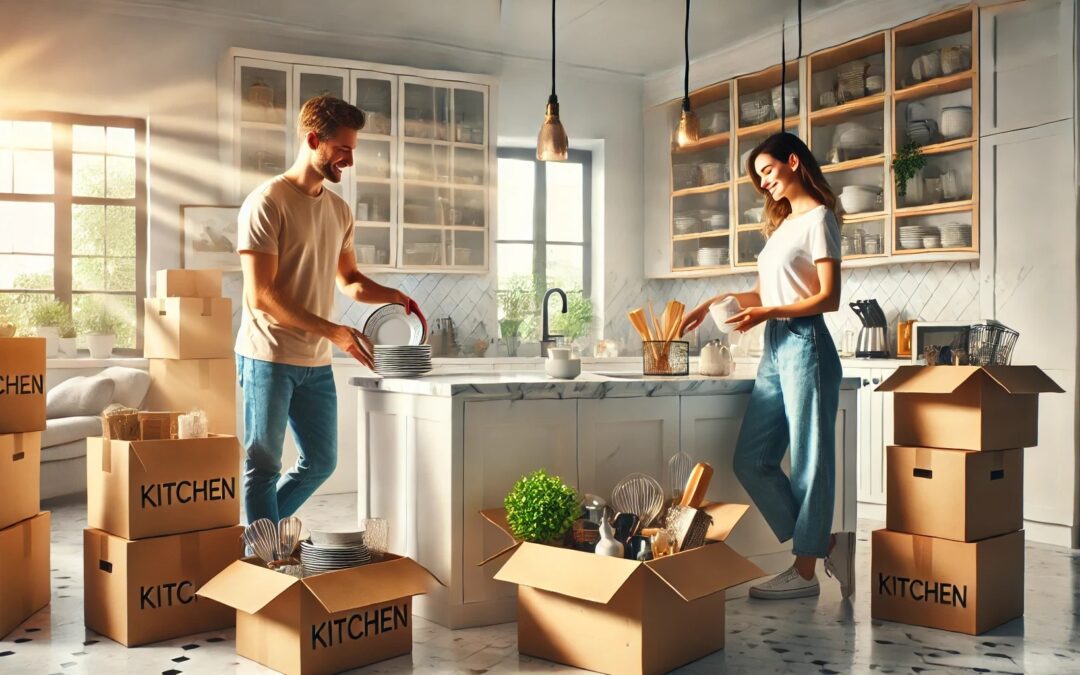
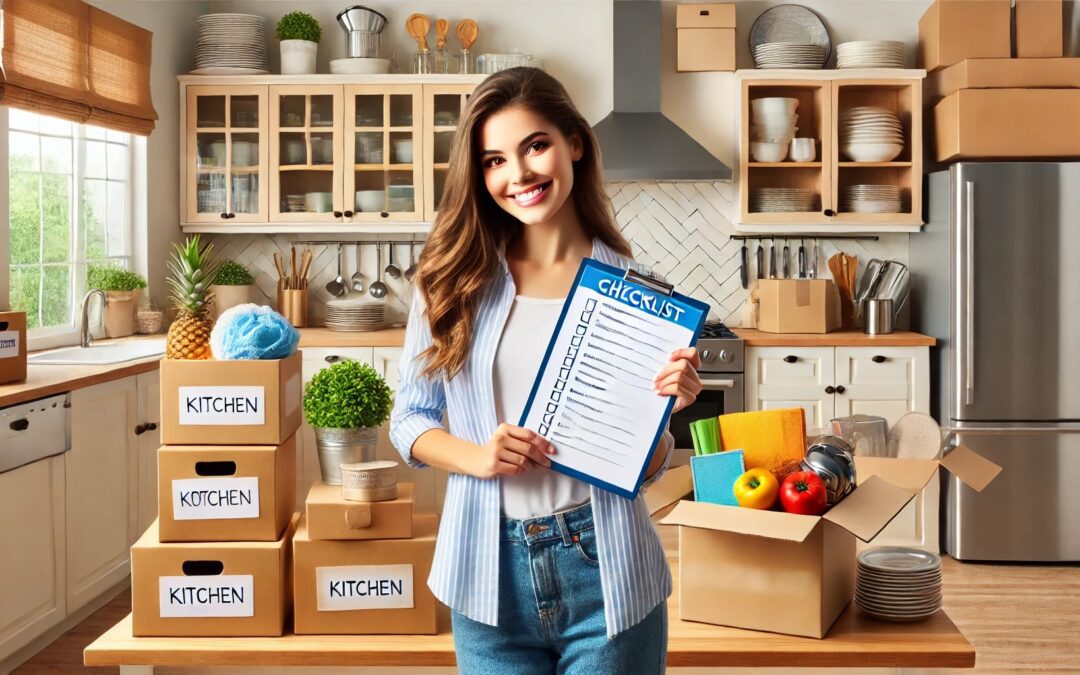
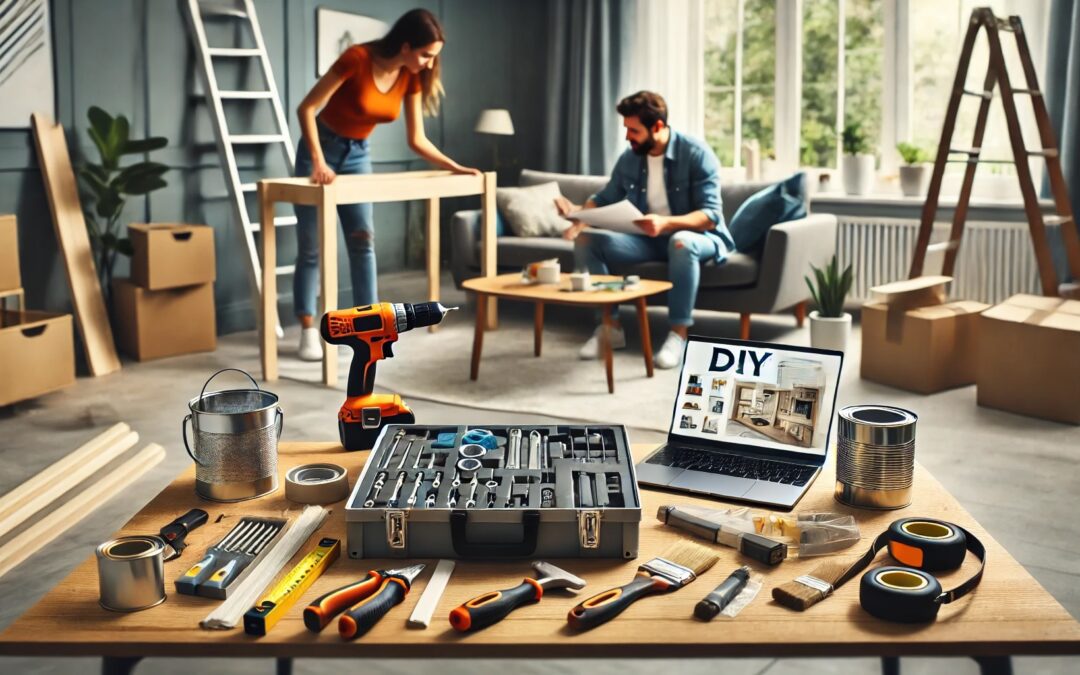

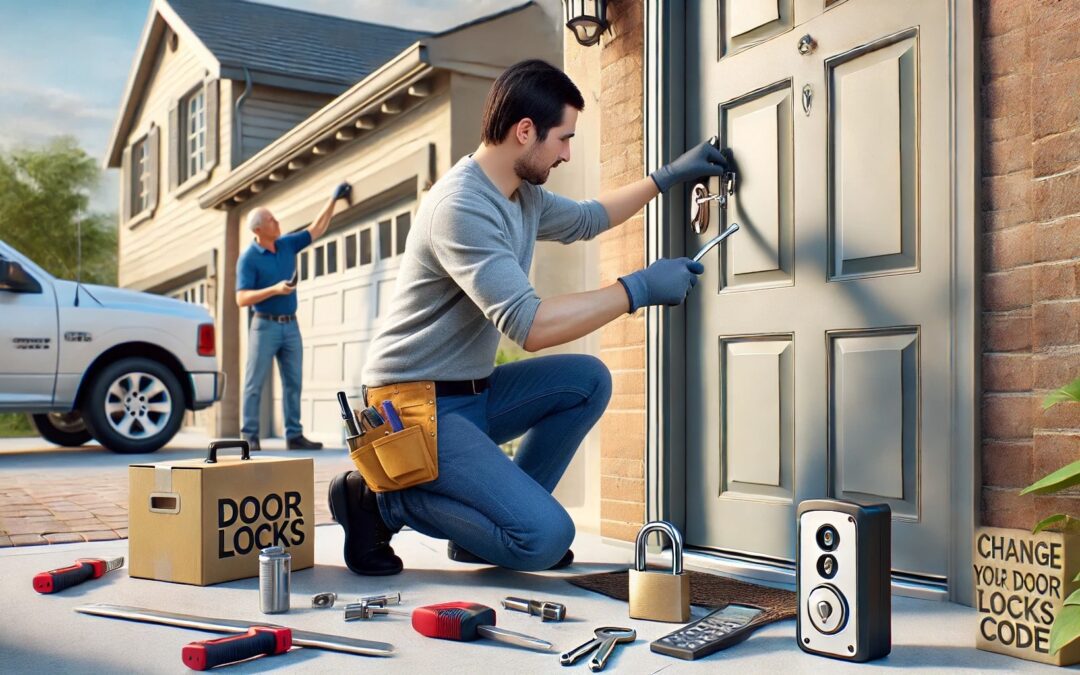





0 Comments